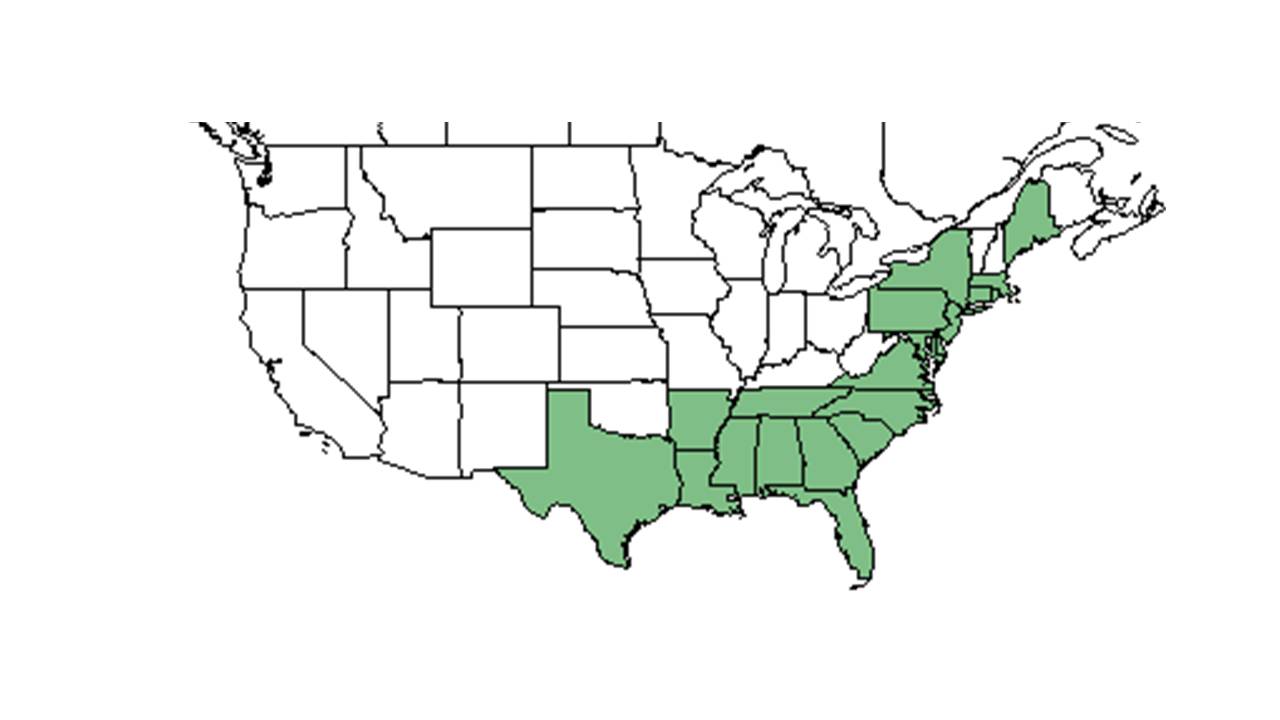Difference between revisions of "Lycopodiella alopecuroides"
(→Description) |
|||
| Line 24: | Line 24: | ||
==Ecology== | ==Ecology== | ||
===Habitat=== <!--Natural communities, human disturbed habitats, topography, hydrology, soils, light, fire regime requirements for removal of competition, etc.--> | ===Habitat=== <!--Natural communities, human disturbed habitats, topography, hydrology, soils, light, fire regime requirements for removal of competition, etc.--> | ||
| − | + | It is found in wet pine savanna (Brewer et al 2011). | |
| + | |||
===Phenology=== <!--Timing off flowering, fruiting, seed dispersal, and environmental triggers. Cite PanFlora website if appropriate: http://www.gilnelson.com/PanFlora/ --> | ===Phenology=== <!--Timing off flowering, fruiting, seed dispersal, and environmental triggers. Cite PanFlora website if appropriate: http://www.gilnelson.com/PanFlora/ --> | ||
===Seed dispersal=== | ===Seed dispersal=== | ||
Revision as of 12:45, 10 July 2015
| Lycopodiella alopecuroides | |
|---|---|

| |
| Photo taken by Gil Nelson | |
| Scientific classification | |
| Kingdom: | Plantae |
| Division: | Lycopodiophyta – Lycopods |
| Class: | Lycopodiopsida |
| Order: | Lycopodiales |
| Family: | Lycopodiaceae |
| Genus: | Lycopodiella |
| Species: | L. alopecuroides |
| Binomial name | |
| Lycopodiella alopecuroides (L.) Cranfill | |

| |
| Natural range of Lycopodiella alopecuroides from USDA NRCS Plants Database. | |
Contents
Description
Common name: foxtail clubmoss
Distribution
Ecology
Habitat
It is found in wet pine savanna (Brewer et al 2011).
Phenology
Seed dispersal
Seed bank and germination
Fire ecology
Pollination
Mark Deyrup at Archbold Biological Station observed these Hymenoptera species on Lycopodiella alopecuroides
Halictidae: Augochlorella aurata
Use by animals
Diseases and parasites
Conservation and Management
Cultivation and restoration
Photo Gallery
References and notes
Brewer, J. S., D. J. Baker, et al. (2011). "Carnivory in plants as a beneficial trait in wetlands." Aquatic Botany 94: 62-70.